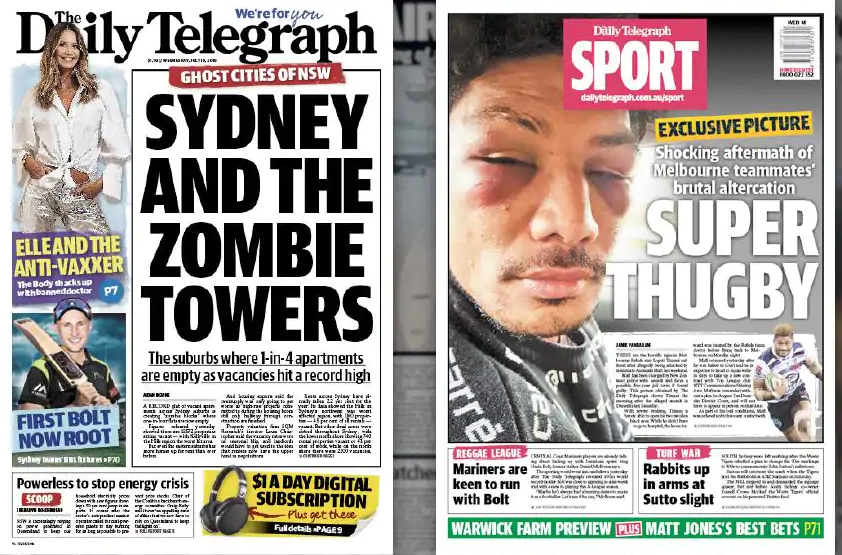AS THE big banks begin to slug borrowers with higher mortgage rates, we “still can’t rule out” the next RBA move being down.

THE Reserve Bank has kept the official cash rate on hold for 25 months in a row.
The cash rate has been at its record low of 1.5 per cent since August 2016, after an earlier cut to 1.75 per cent in May. There has not been an official cash rate increase since November 2010.
Despite the longest ever period without an official cash rate change, Westpac late last month became the first of the Big Four to begin raising mortgage rates out of cycle with the RBA, blaming “higher wholesale funding costs”.
Smaller lenders have gradually been creeping up rates in the past 12 months for the same reason. On Friday, Suncorp and Adelaide Bank followed Westpac’s lead, although CommBank, NAB and ANZ are yet to move.
“There are plenty of factors keeping interest rates on hold, but top of mind is the fact that mortgage rates are already edging higher as lenders look to balance their profit margins against higher funding costs and a smaller deposit base,” CoreLogic head of research Tim Lawless said.
“With the first of the Big Four banks announcing an out of cycle rate hike, the prospects for a higher cash rate have likely been pushed back even further — we could even see debate for a lower cash rate becoming more prominent.”
Experts now believe the cash rate will stay on hold until at least January 2020.
“We can expect lenders to remain hyper competitive, particularly for high-quality borrowers — those with large deposits, lower debt-to-income ratios and a strong credit history,” Mr Lawless said.
t comes a day after data showing house prices fell for the 11th consecutive month in August to finish 2.2 per cent below their September 2017 peak.
AMP Capital chief economist Dr Shane Oliver said the ongoing price falls in Sydney and Melbourne would “depress consumer spending as the wealth effect is now going in reverse”. “Homeowners will be less inclined to allow their savings rate to decline,” he said in a client note.
“It’s consistent with our view that the RBA will leave rates on hold out to late 2020 at least. Home price weakness is at levels where the RBA started cutting rates in 2008 and 2011, so we still can’t rule out the next move in rates being a cut rather than a hike.”
Read the full article at : https://www.news.com.au
Article Author: Frank Chung
Newspaper: News.com.au
Date: September 4, 2018



